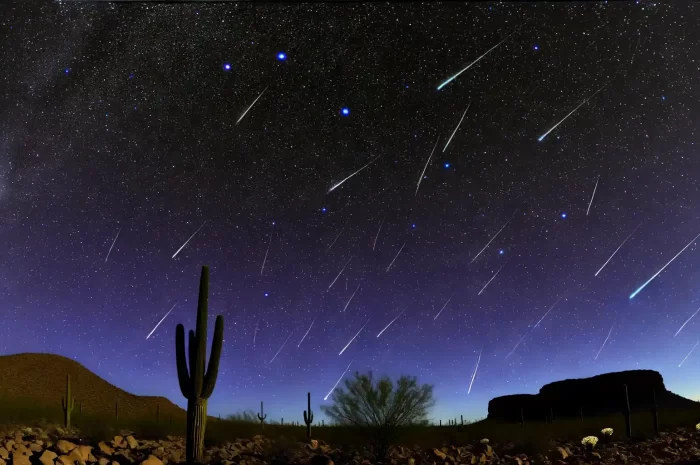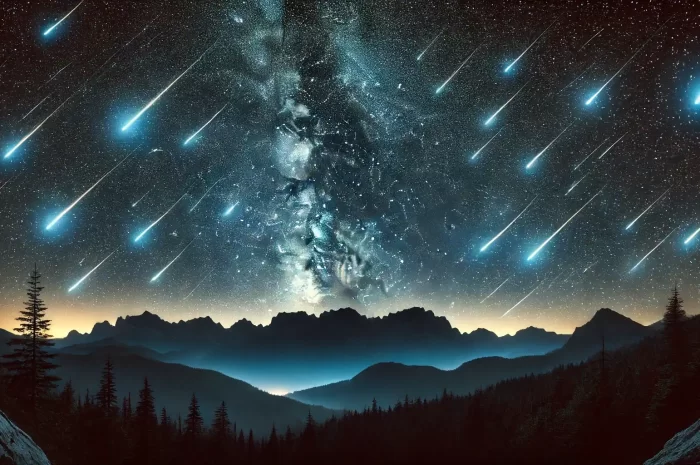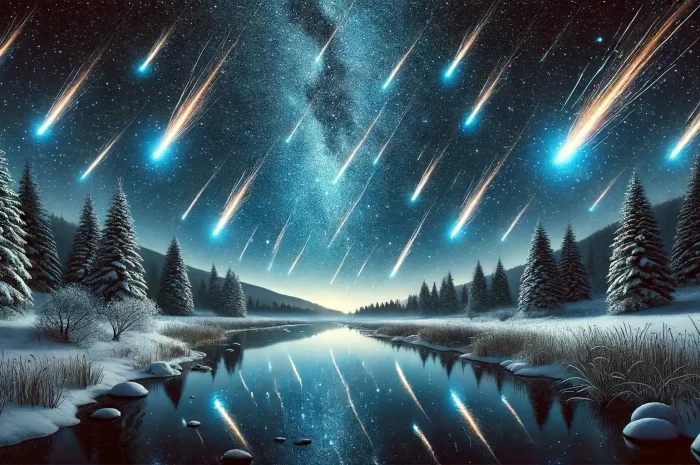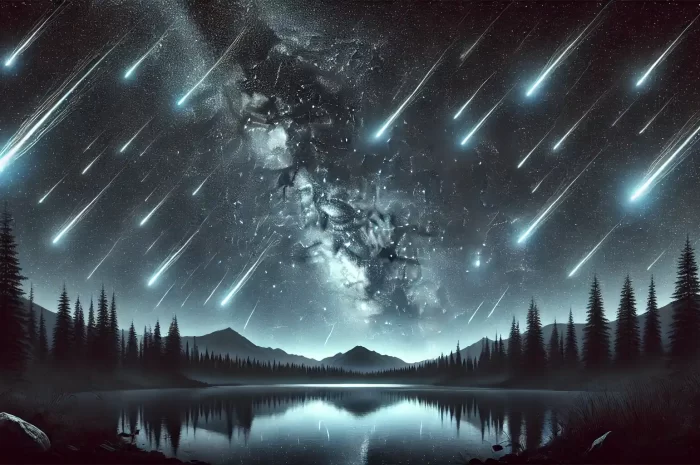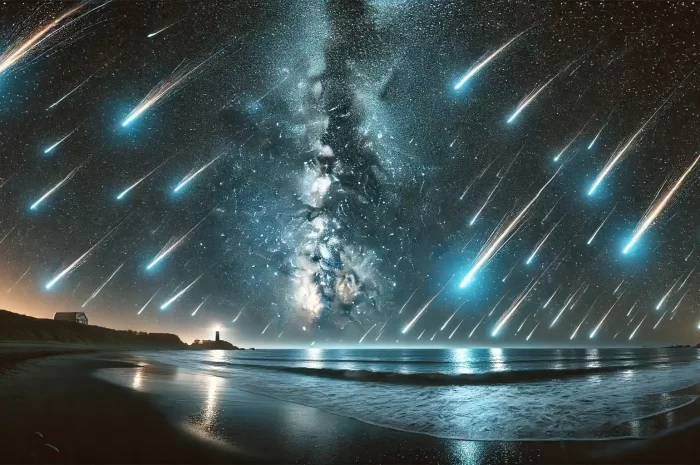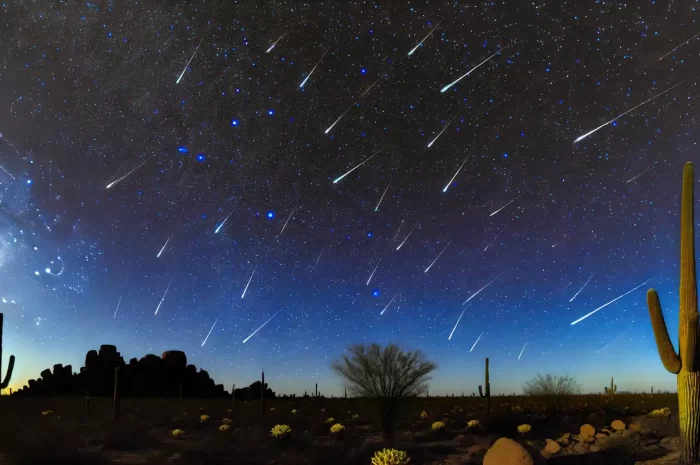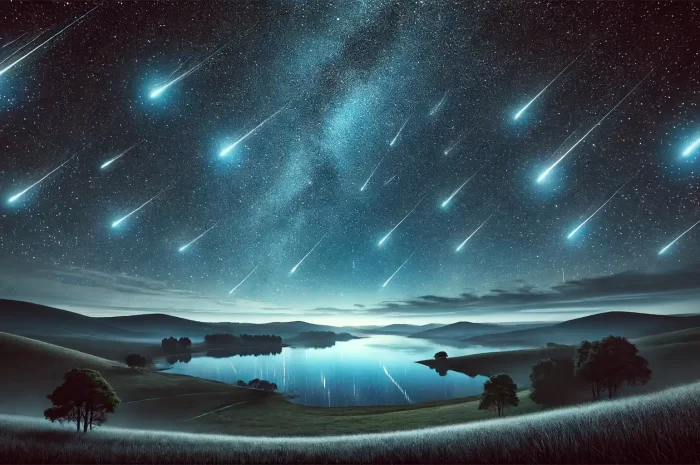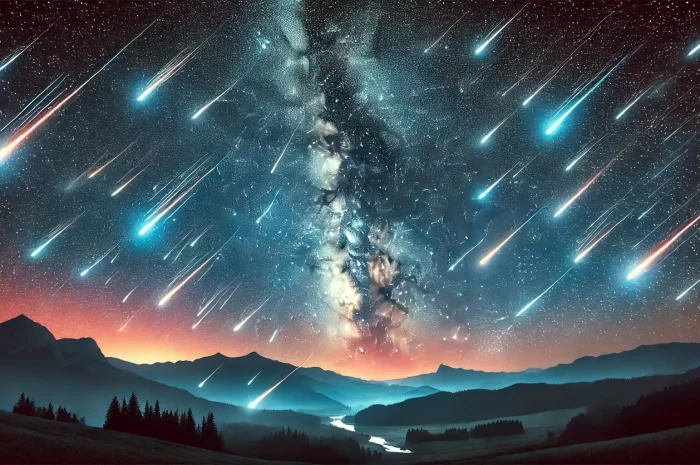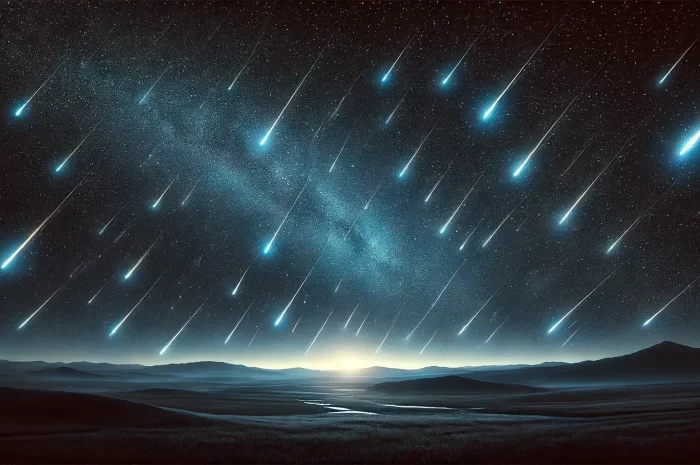If you’re fascinated by meteors and wish to contribute to scientific research, investing in a UKMON meteor detection camera is an excellent choice. This guide provides detailed insights into the features, setup process, and benefits of owning a UKMON meteor detection camera. Features of UKMON Meteor Detection Cameras UKMON meteor Continue Reading
EDMOND
UKMON is part of European viDeo MeteOr Network Database. EDMOND is a database of orbits based and computed upon the video data of observed meteor showers. It is a result of cooperation and data sharing among seven national networks. Only working together we can gain better understanding of meteor science. Continue Reading
Equipment – Camera and lens
The SonotaCo UFO Detect software supports a range of CCTV cameras and video decoders. Best choice is Dazzle DVC range The SonotaCo UFO Detect software supports a range of CCTV cameras and video decoders, the choice is yours. However a number of stations are using the following CCTV configuration; Camera: Continue Reading
Belgian Fireball recorded across five countries
A large fireball, initially reported by the members of the public from 5 different countries, also known as IMO 741-2019 event. 15 February 2019 at 20:09 roughly over Antwerpen the Belgian meteor network has recorded a large meteor, known as a fireball. The fireball has been spotted as far as Continue Reading
Very bright Bideford Fireball with Explosions
Fireball date: 10 November 2018 at 05:07:02 UT Many UKMON cameras recorded yet another November fireball and this one is quite something. From initial video and picture examination we can see two large explosions at the beginning and and the end with two smaller explosions in the middle. Initial quick Continue Reading
Full report on Meteor spotted in night sky in England and Wales 8 May 2013
Yesterday at 9:47pm Twitter media and public responded to a sighting of a large meteor fireball, spotted over England and Wales. UKMON cameras managed to get a video recording of this event, although only partially visible from the videos but we still managed to pull out some scientifically valuable data. Continue Reading
Midnight fireball
Public fireball reports started flowing in just a few minutes after midnight about a very large fireball spotted just 5 seconds before midnight As usual we sent an echo though our network to see if any of our cameras detected the event and we found a match. As it happens Continue Reading
New Year’s Eve fireball
Event Overview On 31 December 2017 at 17:33:12 UT, a massive fireball meteor was observed across the UK, capturing the attention of thousands. The UK Meteor Observation Network (UKMON) received over 900 reports from the public, making it one of the most significant meteor events recorded. Observations and Characteristics Many Continue Reading
ARDUINO-based GPS/NTP time server
This project describes the construction of an NTP (Network Time Protocol) Stratum-1 Time Server using a GPS source and an Arduino Mega 2560 microcontroller. The description here is based significantly on the initial work of Russell and Jon Slater who constructed the first unit for use at the South Downs Continue Reading
Fireball Meteor on 28 February 2021 at 9:54 PM
Thousands across the UK witnessed a slow-moving fireball meteor on 28 February 2021 at 9:54 PM. A fireball meteor, space debris entering the atmosphere at high speeds, creates heat and light visible in the night sky. Event Details Scientific Analysis Dr. Ashley King of the Natural History Museum and UKFAll Continue Reading
Full Report on a Fireball Night: 24-25 November 2017
On the night of 24-25 November 2017, the UK experienced two significant fireball events, reported by 343 individuals, marking it the most reported fireball night for UKMON (United Kingdom Meteor Observation Network). The Midnight Fireball (20171124_235955) On 24 November 2017, at 23:59 UT, the first fireball of the night was Continue Reading
Rare carbonaceous chondrite meteorite recovered
Carbonaceous chondrite meteorite in Natural History Museum laboratory – Photo: Natural History Museum The UKMON team has been longing for the chance to bring you this headline, and at last, it has happened. Fragments of the fireball that streaked across our skies on 28 February 2021 fell as meteorites and fragments amounting Continue Reading
2022 Alpha Capricornids
Best viewed: 28-29th July 2022 The Alpha Capricornids don’t produce many meteors but they’re well known for producing spectacular fireballs! Alpha Capricornid Meteor Shower The Alpha Capricornid meteor shower occurs when Earth passes through debris left by the comet 169P/NEAT, which orbits the sun. This debris burns up in our Continue Reading
2022 Draconid Meteor Shower
Best viewed: 8-9th October 2022 What will the Draconids do this year? Will they be quiet or will they give us a spectacular show with thousands of meteors per hour? What is the Draconid meteor shower? When is the best time to see the Draconid meteor shower in 2022? How Continue Reading
2022 Geminid Meteor Shower
Best viewed: 14-15th December 2022 Ready for some multi-coloured meteors? The Geminids are mainly white, sometimes yellow, and occasionally red, green, or blue! What is the Geminid meteor shower? When is the best time to see the Geminid meteor shower in 2022? How to View the Geminid Meteor Shower from Continue Reading
2022 Orionid Meteor Shower
Best viewed: 21-22nd October 2022 What happens when the Earth crashes into debris left behind by Comet Halley? We get the Orionid meteor shower, of course! What is the Orionid meteor shower? When is the best time to see the Orionid meteor shower in 2022? How to View the Orionid Continue Reading
2022 Perseid Meteor Shower
The Perseid meteor shower is one of the most anticipated astronomical events of the year, renowned for its bright and numerous meteors. In 2022, stargazers are eager to catch a glimpse of this spectacular display. This article provides detailed information on the best viewing times, preparation tips, and additional insights Continue Reading
2023 Alpha Capricornids meteor shower
Best viewed: 29-30 July 2023 The Alpha Capricornids don’t produce many meteors but they’re well known for producing spectacular fireballs! What is the Alpha Capricornid meteor shower? The Alpha Capricornid meteor shower occurs when Earth passes through debris left by comet 169P/NEAT. This interaction happens annually, producing the Alpha Capricornids Continue Reading
2023 Delta Aquariids meteor shower
Best viewed: 29-30 July 2023 No one is quite sure which comet is responsible for the Delta Aquariids but that doesn’t stop them being a great meteor shower! What is the Delta Aquariid meteor shower? Best Time to View the Delta Aquariid Meteor Shower in 2023 The optimal time to Continue Reading
2023 Lyrid meteor shower
Best viewed: 22-23 April 2023 Ready for some bright, fast meteors? Then get ready for this year’s Lyrids, the oldest recorded meteor shower. What is the Lyrid meteor shower? When is the best time to see the Lyrid meteor shower in 2023? How to View the Lyrid Meteor Shower from Continue Reading
2023 Perseids meteor shower
Best viewed: 12-13 August 2023 If there’s only one meteor shower you watch this year, make sure it’s the Perseids. Get ready for hundreds of bright meteors and the occasional fireball! What is the Perseid meteor shower? The brightest confirmed Perseid fireball reaching -7 magnitude When is the best time Continue Reading
2023 Quadrantid meteor shower
Best viewed: 2-3rd January 2023 If you’re lucky with clear skies, then the Quadrantids with their blue meteors are quite a treat! What is the Quadrantid meteor shower? When is the best time to see the Quadrantid meteor shower in 2023? How to See the Quadrantid Meteor Shower from the Continue Reading
